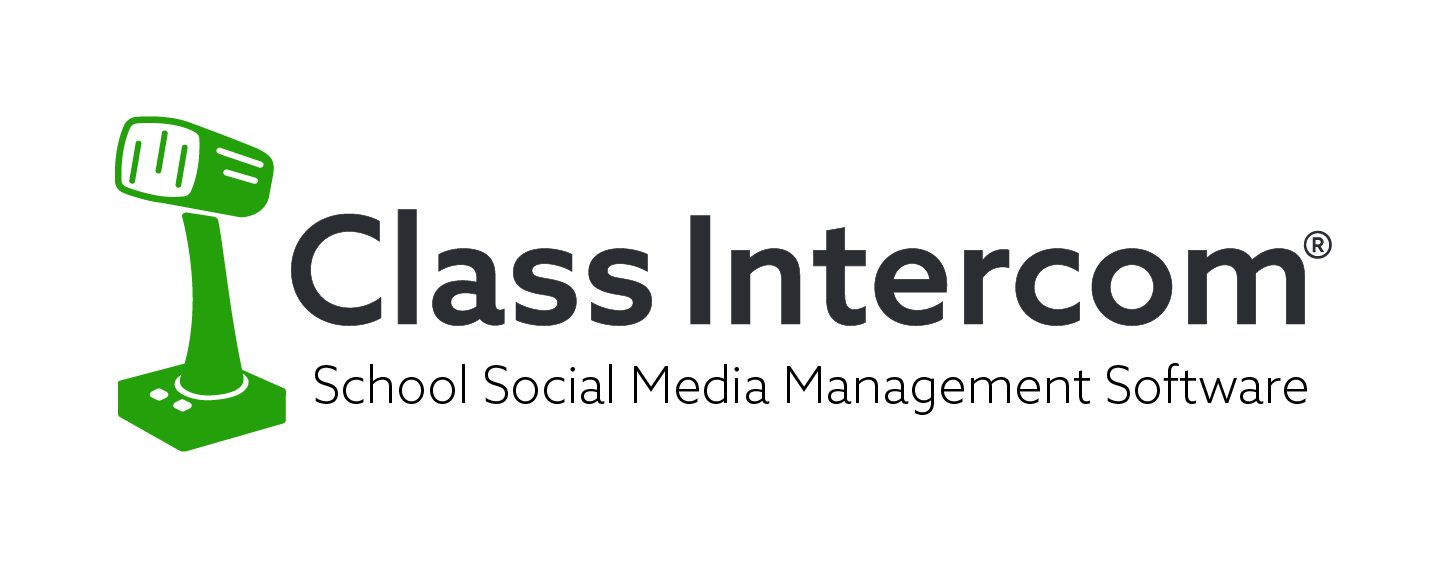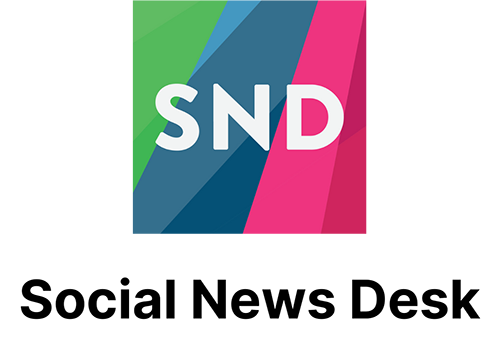Excellence Awards
MSPRA's Excellence Award recognizes outstanding publications, digital media materials, and other public relations projects across thirteen categories.
This award is open to any project fitting the submission criteria completed during the previous year (July 1 - June 30). At least one contributor on the submission must be a good-standing member of MSPRA or NSPRA. A project should only be entered for consideration in one category. There is no limit to the number of unique submissions in a category, or the number of total submissions across all categories. The fee is $25 per entry. 2025 submissions will be accepted between May 1 and June 30, 2025.
Award Categories and Submission Requirements
All entries should include 3-5 sentences stating the project's purpose and key audiences. The following categories are available for submissions in the MSPRA Excellence Awards program:
- Annual Report – A yearly document summarizing district or program goals, activities, and accomplishments.
- Calendar (new) – A publication (digital or print) with general information and specific dates for school/district activities and events. Submit ONE calendar per entry.
- Inclusion & Belonging Project – Any communications project that is intentionally designed to positively impact, support, or promote DEI efforts in a program, school, or district. In addition to the submitted document, photos, or files, include a brief summary of the project, how it will impact, support, or promote DEI efforts, and how multiple perspectives were considered and consulted in the process.
- Infographic – A graphic image used to represent complex information or data in a quick, impactful way. Submit ONE infographic per entry.
- Marketing Materials – Brochures, flyers, advertisements, branding packages, or other promotional materials to market a program, school or district to key audiences.
- Newsletter – Print or digital newsletters published periodically and designed for an internal or external audience. Provide two different issues to qualify as one entry.
- Photo (new) – An image that effectively tells a story, captures significant moments or conveys the ethos of a school community. Submit ONE photo per entry.
- Podcast – An audio or video podcast episode. Provide a URL to ONE episode or presentation and include a brief summary of the audio's purpose, the target audience, how it is being used, and the outcomes achieved to date.
- Special Purpose – An internal or external booklet, brochure, document, or material not included in other categories.
- Social Media Campaign – A communication campaign using social media platforms such as Facebook, Instagram, Twitter, LinkedIn, and/or TikTok. Provide at least three relevant postings and a URL to the relevant platforms and include a brief summary of the purpose of the campaign, the target audience, how it is being used, and the outcomes achieved to date.
- Video (singular) – An edited video, live broadcast, or other recording designed for a website, special event, or video channel. Provide a URL from a website, YouTube, Vimeo, Google Drive, or other platform and include a brief summary of the video's purpose, the target audience, how it is being used, and the outcomes achieved to date.
- Video (series) – A video series designed for a website, social media, video channel, special event, etc. Provide URLs from a website, YouTube, Vimeo, Google Drive, or other platform and include a brief summary of the video series' purpose, the target audience, how it is being used, and the outcomes achieved to date. Submit up to three videos per entry.
- Website – An existing or redesigned website, or a website for a special purpose or short-term project. Existing websites that have been previously entered are not eligible. Provide a URL and any login information needed for access.
Scoring Rubric
Submissions are judged individually within their category. Submissions scoring 35-40 points receive the Excellence Award. Submissions scoring 30-34.99 points receive the Merit Award.
Annual Report
- The report effectively communicates impact, achievements, and key district data to stakeholders;
- The writing is clear, concise, and engaging, avoiding jargon and overly technical language;
- The text is free of grammatical, spelling, and punctuation errors;
- Navigation is logical and intuitive, using structural elements like headers, sections, and dividers;
- Branding elements are consistent throughout and appear to align with the school/district identity;
- Typography, color choices, and graphic design elements enhance readability, contributing to a clean, professional, and accessible layout; are easy to read and enhance the design quality;
- The format and length are appropriate for both the content and the key audiences; and
- Visual elements like images, infographics, and charts complement the text, reinforcing key messages without overwhelming the reader.
Calendar
- The calendar effectively communicates key dates, events, and deadlines for families and staff;
- The text is free of grammatical, spelling, and punctuation errors;
- Navigation is logical and intuitive, with clear divisions for months and event categories;
- The language and writing style are appropriate for both the content and the key audiences;
- Branding elements are consistent throughout and appear to align with the school/district identity;
- Typography, color choices, and graphic design elements enhance readability, contributing to a clean, professional, and accessible layout;
- The format and length are appropriate for both the content and the key audiences; and
- Visual elements like images, infographics, and charts complement the text, reinforcing key messages without overwhelming the reader.
Inclusion & Belonging Project
- The writing is clear, concise, and engaging, avoiding jargon and overly technical language;
- The format and length are appropriate for both the content and the key audiences;
- The project uses culturally responsive and inclusive language that respects and affirms identities, backgrounds, and abilities;
- The project ensures diverse visual and narrative representation, authentically reflecting the school community’s demographics;
- The project is intentionally designed to positively impact, support, or promote the diversity, equity, inclusion, and belonging efforts of the district;
- The project addresses equity gaps in communication, ensuring information reaches and resonates with historically underserved or marginalized communities;
- Accessibility is prioritized by providing translated materials, closed captions, high color contrast, or other relevant and applicable accommodations for individuals with disabilities or language barriers; and
- There is evidence that multiple perspectives, including underrepresented voices, were considered and consulted in the creation or development process.
Infographic
- The text is free of grammatical, spelling, and punctuation errors;
- Branding elements are consistent throughout and appear to align with the school/district identity;
- Complex information is presented in a clear and easy-to-understand manner, effectively simplifying data or concepts;
- Typography, color choices, and graphic design elements enhance readability, contributing to a clean, professional, and accessible layout;
- Data and statistics are sourced and labeled to ensure credibility and transparency;
- The infographic is engaging and encourages further interaction or exploration, whether through a compelling main message, QR codes or links, or a clear call to action;
- The format and length are appropriate for both the content and the key audiences; and
- Visual elements like images, charts, and icons complement the text, reinforcing key messages without overwhelming the reader.
Marketing Materials
- The purpose and key audiences are well defined or implied;
- The writing is clear, concise, and engaging, avoiding jargon and overly technical language;
- The text is free of grammatical, spelling, and punctuation errors;
- Typography, color choices, and graphic design elements enhance readability, contributing to a clean, professional, and accessible layout;
- Branding elements are consistent throughout and appear to align with the school/district identity;
- The format and length are appropriate for the content and the key audiences;
- Visual elements like images, charts, and icons complement the text, reinforcing key messages without overwhelming the reader; and
- There is a clear, compelling call to action.
Newsletter
- The newsletter addresses topics that are timely, informative, and valuable to its intended audiences;
- Navigation is logical and intuitive, using structural elements like headers, sections, and dividers;
- Branding elements are consistent throughout and appear to align with the school/district identity;
- Typography, color choices, and graphic design elements enhance readability, contributing to a clean, professional, and accessible layout; are easy to read and enhance the design quality;
- Visual elements like images, infographics, and charts complement the text, reinforcing key messages without overwhelming the reader;
- The writing is clear, concise, and engaging, avoiding jargon and overly technical language;
- The text is free of grammatical, spelling, and punctuation errors; and
- There is consistency shown across multiple issues.
Photo
- The photo effectively tells a compelling story that captures a significant moment, emotion, or message;
- The photo evokes an emotional response and engages viewers by drawing them into the moment;
- The subject matter is meaningful and relevant to education, showcasing connection, engagement, or achievement;
- The photo is well-composed with strong framing, balance, and use of leading lines or focal points;
- Color, contrast, and exposure are well-balanced to create a visually appealing and professional-quality image;
- The depth of field is used effectively to emphasize the subject while maintaining visual context;
- Lighting enhances the image by ensuring clarity, depth, and appropriate mood; and
- Creativity is evident in the composition, angle, vantage point, or storytelling approach.
Podcast
- The podcast addresses topics that are timely, informative, and valuable to its intended audiences;
- The audio quality is clear and professional, with minimal background noise;
- Background music and sound effects enhance the experience without overwhelming the speakers;
- The podcast length is appropriate for the content and key audiences;
- The episode is well-structured with a clear beginning, middle, and end;
- The podcast effectively uses storytelling, interviews, or real-life examples to create a compelling and memorable experience for listeners;
- There is evidence of audience engagement, such as feedback, interactions, or analytics; and
- The podcast is distributed effectively through appropriate channels (website, streaming services, social media).
Social Media Campaign
- The submission includes a well-defined overview of the campaign and key audiences;
- The writing is clear, concise, and engaging, avoiding jargon and overly technical language;
- The text is free of grammatical, spelling, and punctuation errors;
- The program, school, or district is presented in a creative, persuasive, and positive way;
- Posts include a high-quality photo, graphic, or video;
- Posts reflect platform best practices related to accessibility, frequency, style, and voice;
- Branding elements are consistent throughout and appear to align with the school/district identity; and
- The submission includes evidence of audience engagement, such as comments, views, shares, or other metrics.
Special Purpose
- The purpose and key audiences are well defined or implied;
- The writing is clear, concise, and engaging, avoiding jargon and overly technical language;
- The text is free of grammatical, spelling, and punctuation errors;
- Typography, color choices, and graphic design elements enhance readability, contributing to a clean, professional, and accessible layout;
- Branding elements are consistent throughout and appear to align with the school/district identity;
- The format and length are appropriate for the content and the key audiences;
- The language and writing style are appropriate for both the content and the key audiences; and
- Visual elements like images, charts, and icons complement the text, reinforcing key messages without overwhelming the reader.
Video (singular)
- The editing and transitions are smooth, organized, and well-paced;
- The video includes closed captioning;
- The video uses a minimum resolution of 1080p HD;
- The length is appropriate for the intended message and key audiences;
- Background music and sound effects enhance the experience without overwhelming the speakers;
- The audio quality is clear and professional, with minimal background noise;
- The storytelling is compelling, authentic, and engaging; and
- The submission includes evidence of audience engagement, such as comments, views, shares, or other metrics.
Video (series)
- The editing and transitions are smooth, organized, and well-paced;
- The videos includes closed captioning;
- The videos use a minimum resolution of 1080p HD;
- The length is appropriate for the intended message and key audiences;
- Background music and sound effects enhance the experience without overwhelming the speakers;
- The audio quality is clear and professional, with minimal background noise;
- The storytelling is compelling, authentic, and engaging; and
- The submission includes evidence of audience engagement, such as comments, views, shares, or other metrics.
Website
- The overall website design is aesthetically appealing, including effective, appropriate, and welcoming images that reflect the district’s diverse demographics;
- The text is free of grammatical, spelling, and punctuation errors;
- The website integrates interactive features to enhance engagement, such as calendars, newsletters, contact forms, videos, and social media links or feeds.
- Branding elements are consistent throughout and appear to align with the school/district identity;
- Navigation is logical, intuitive, and user-friendly, prioritizing a well-organized menu while minimizing excessive scrolling and clicks to access key content;
- The website is responsive, adapting seamlessly for desktop and mobile experiences;
- Content appears current, regularly updated, and valuable to its intended audiences; and
- The website appears to follow accessibility best practices, such as adequate color contrast, alt text, video captions, descriptive hyperlinks, translation capabilities, and appropriate heading structure.







